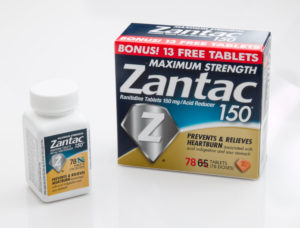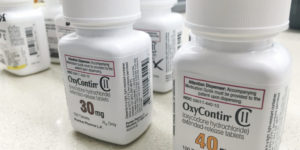JAMA study: Drug interaction risk doubles for older adults since 2006
As new residents enter skilled nursing communities, clinicians may need to ask harder questions about the use of dietary supplements and over-the-counter (OTC) medicines to avoid adverse drug interactions, according to new study data published in JAMA Internal Medicine. The percentage of older adults at risk of a major drug-interaction has almost doubled, from 8.4 percent in the earlier time frame to more than 15 percent, data show.
The research examined the prescription and non-prescription medication trends of more than 2,300 people aged 62 to 85 by comparing data from 2005-2006 to data from 2010-2011.
People in this age bracket are taking more concurrent prescription medications than ever, a fact well known to skilled nursing facilities. Based on the study data, nearly 90 percent of people in this age bracket take at least one prescription medication. More significantly, the percentage of people taking at least five concurrent prescription medications rose from 30 percent to almost 36 percent. The study also noted “clinically significant increases” in the reported use of statins and antiplatelets, highlighting the need for close monitoring of blood cholesterol medications and anticoagulants.
The popularity of dietary supplements indicates that plenty more might be in the mix when it’s time for a medication review. About 63 percent of older adults take dietary supplements, up 12 percent since the 2005-2006 era. The use of omega-3 fish oils alone jumped from 4.7 percent to more than 18 percent.
The study highlights the growing need for careful and frequent medication reviews, and the need to use medication lists that include dietary supplements and other non-prescription medications.

Pamela Tabar was editor-in-chief of I Advance Senior Care from 2013-2018. She has worked as a writer and editor for healthcare business media since 1998, including as News Editor of Healthcare Informatics. She has a master’s degree in journalism from Kent State University and a master’s degree in English from the University of York, England.
Related Articles
Topics: Clinical











